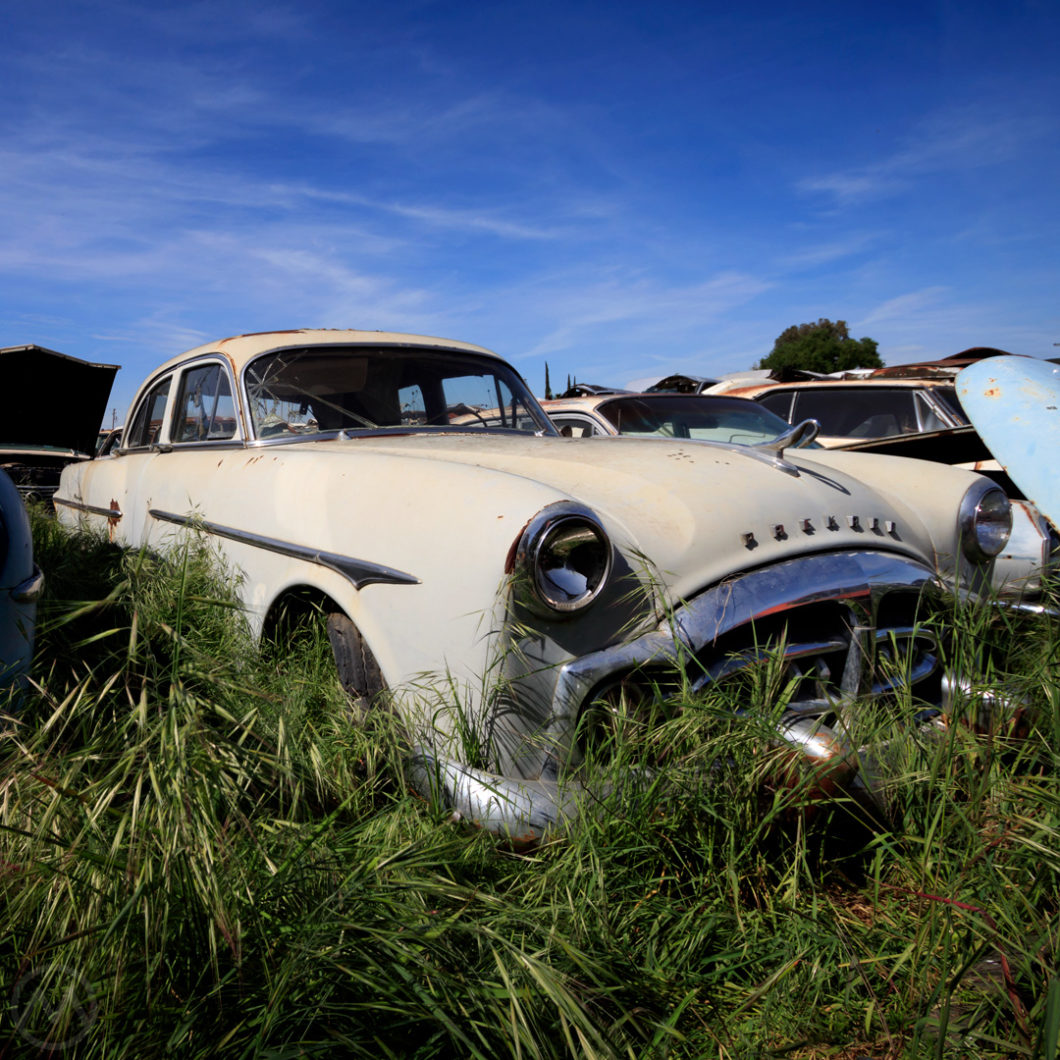In 1934, longtime Packard President Alvan Macauley watched as the depression destroyed Packard’s sales and rivals alike. For survival, radical change would be necessary – so he brought in New York area manager Max Gilman and ex-GM manufacturing man George Christopher as Gilman’s right hand man to right the ship.
From 1935 to 1939, Gilman’s changes paid off – the company prospered with new medium-price Packards selling in big numbers alongside the old senior cars.
That volume proved very attractive – it’s hard to say no to selling more cars, and the Packard name made selling them easy – but they were still more like LaSalles or Buicks than the big old senior Packards.
In 1940 – when the old senior cars were replaced by fancier versions of the mid-price models – the stage was set for trouble. Still, Packard was just echoing the trend – Lincoln and Cadillac both dropped their big senior cars as well, though Lincoln continued V12 power in the Zephyr/Continental.
Gilman was eventually forced to resign after an extramarital affair revealed when he got into a car accident in 1942 – after he’d managed a successful and radical change of style for Packard – the ’42 Clipper, one of the sleekest 1940s cars, inspired by Cadillac’s Sixty Special and truly far-out for Packard clientele.
George Christopher Takes Over
Gilman’s departure put George Christopher in charge. When car production resumed, he focused on cheaper cars – even though in the seller’s market of 1946-47, Packard could easily have sold only top-spec Clippers at huge profits. It’s easy to say, in hindsight, that waiting several months to reintroduce the more expensive cars was a mistake, but these were uncharted waters.
Nevertheless, the first glimpse of postwar Packards revealed six-cylinder cars and even taxi-spec models, not exactly a return to glory.
Christopher wanted to sell 200K units a year and spent lots of money expanding production and the dealer network to chase that (never realized) goal. To his credit, he maintained Packard’s high quality standards, but two things he didn’t spend money on were styling or technology.
The pre-war Clipper still looked quite good in 1946, but like many independents, Packard felt it had to get out early with a new car. Christopher’s decision was to have Briggs (Packard’s body builder) update the Clipper with new lines on the cheap.
Briggs’ design services were actually free of charge, and while the cars won a few design awards in the early months, the consensus about the ’48 Packard was that it was a big and rather dowdy-looking car that was heavier than the original and still straight eight powered at a time when V8s were in the wings. They earned the unfortunate nickname “Bathtub.”
Nevertheless – Packard outsold Cadillac in 1948 and 1949 with the new “bathtub” cars, and the lower-end cars were de-emphasized, but the reputational damage was done. Some dealers clung overlong to the volume sales, and the most senior “bathtub” cars were hard to distinguish visually from their much cheaper cousins – a problem since the 1940 changes.
Leftover ‘48s meant incentives later on, and then resale values on ‘49s were compromised. And this on cars that, generally, cost more than their Cadillac equivalents. 1949, at least, brought Packard’s ultramatic transmission. It was clear to many buyers however that Packards, while still a good cars and beautifully made, weren’t a good value.
Revolt
The elder Macauley (son Edward ran Packard’s styling dept.) retired in 1948, but by then he had soured on Christopher’s leadership. He first tried to recruit George Romney to take over, then pursued merger ideas with George Mason at Nash, but these came to naught.
Macauley was not the only one who resented the decisions that led to the bathtub. By early 1949 much of the senior staff was in all-out revolt.
What became the ’51 Packards were designed quickly by Ed Macauley and designer John Reinhart after many staffers threatened to quit if the Bathtub continued one more year. Christopher was sidelined, then essentially forced to resign. A member of Packard’s old guard, Hugh Ferry, was appointed interim chief.
The new cars bowed in August, 1950 – by then Bathtub sales had gone into free-fall. From 1948 to 1950, Packard’s marketshare dropped 30%, so the decision was more than validated by the results.
The modern and clean 1950 Packards were not as distinctive as the tailfinned Cadillacs, but they were clean an understated like traditional luxury cars were in the Packard mold. They did not, however, easily distinguish between the lower-end and higher-end models
Sales topped 100K in 1951 (only just, but it was a good result) and Packard found a new CEO – Jim Nance, who formally took command in early 1952 with ambitious plans to reform the organization and try to restore some of the luster of the senior Packards. But fate would not be kind to Packard in the 1950s.
Packard was not in dire financial straits then – despite Christopher’s missteps, the company was light on debt and had a quality manufacturing base. The truly sour times would only come after the Korean War, heavy competition from Ford and GM, and dealer resistance to rethinking the volume approach handicapped the company at a time when it was trying ramp up new ideas.

